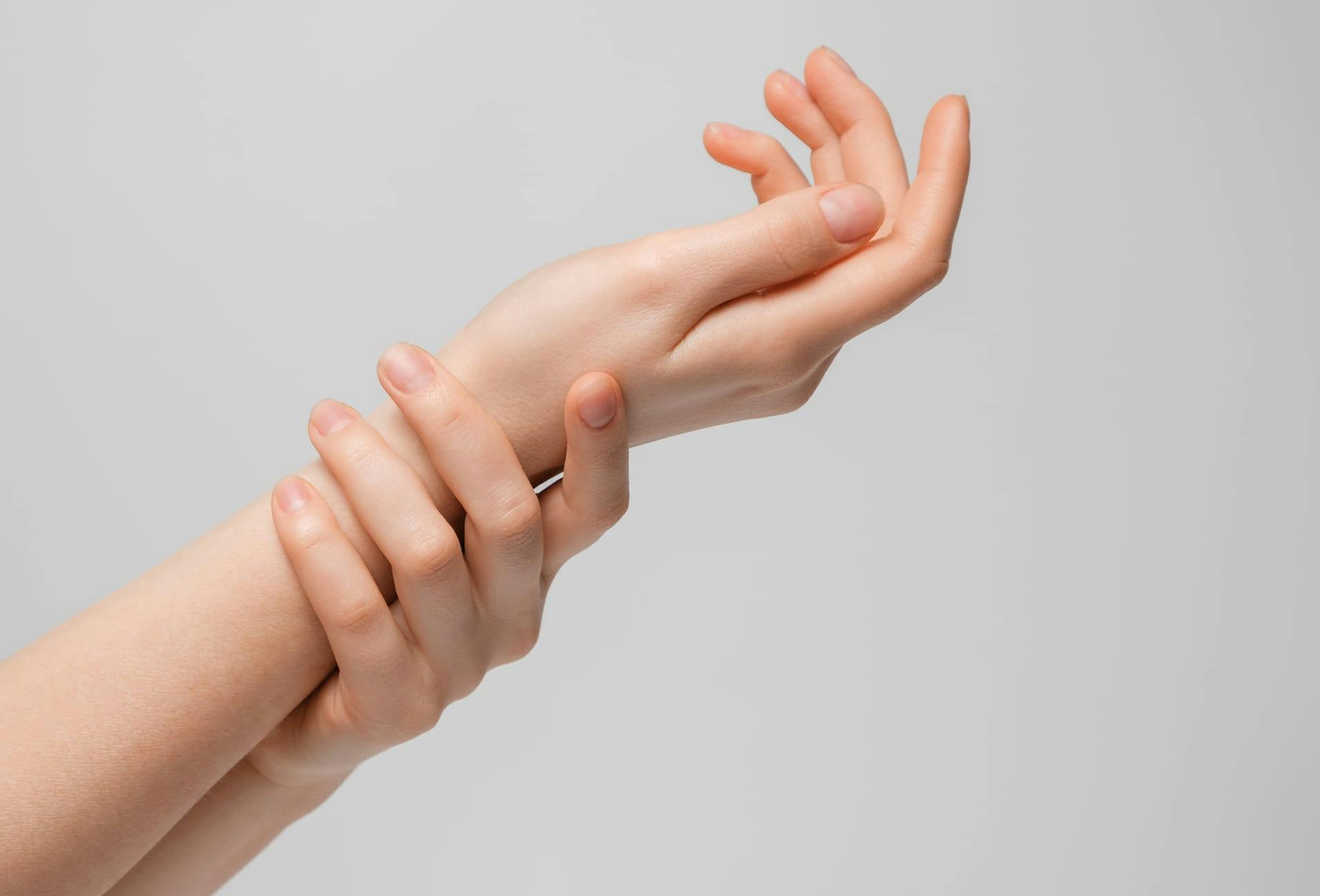First dorsal compartment tendonitis, more commonly known as de Quervain’s tendonitis or tenosynovitis after the Swiss surgeon Fritz de Quervain
What causes de Quervain’s tendonitis?
The cause of de Quervain’s tendonitis is an irritation of the tendons at the base of the thumb, usually caused by taking up a new, repetitive activity. New Mothers are especially prone to this type of tendonitis; caring for an infant often creates awkward hand positioning and hormonal fluctuations associated with pregnancy, and nursing further contributes to its occurrence. A wrist fracture can also predispose a patient to de Quervain’s tendonitis, because of increased stresses across the tendons.








